Shahidul Alam is a Bangladeshi photojournalist, teacher, and social activist. A TIME “Person of the Year”, he is celebrated for his commitment to using his craft to preserve democracy in his country at all costs. See the project at http://mediastorm.com/clients/2019-icp-infinity-awards-shahidul-alam
Category: Film
Chobi Mela beckons

This is the moment that art lovers have been waiting for. The most prestigious photography festival in Asia, Chobi Mela is about to begin. An exciting mix of exhibitions, workshops, artist talks and discussions involving participants from all the continents awaits you.
Given recent events, the staging of Chobi Mela itself was an act of defiance. The limitations forced us to be more creative, and in many ways, this edition promises to be the most exciting ever. You’ll regret missing it.![]()
Whether you are an active supporter or just a casual visitor, this is the time when it all comes together. Welcome to all of you who have traveled across the globe to be here. Welcome too, to those who call Dhaka your home.
Key information about the events follow. As in all major festivals, there are last minute changes. Flights are missed, visas fail to come through, people get sick. So please look up the website for the latest updates at http://www.chobimela.org/schedule/
Make friends, see great art, soak in Bangladesh, but above all, enjoy yourselves.
Shahidul Alam
Festival Director
Copyright © 2019, Chobi Mela International Festival of Photography, All rights reserved.
Our mailing address is:
Chobi Mela International Festival of Photography
House:58, Road: 15 A (New), 26 (Old), Dhanmondi, Dhaka-1209
Want to change how you receive these emails?
You can update your preferences or unsubscribe from this list
Justice for Shahidul Alam
By Mahfuz Anam: The Daily Star
Who is this man whose arrest has sparked outrage and condemnation from global bodies and media, including Amnesty International, Committee to Protect Journalists (CPJ), PEN International, SAMDEN (South Asia Media Defenders Network) and publications such as the Guardian, The Washington Post and many South Asian media?
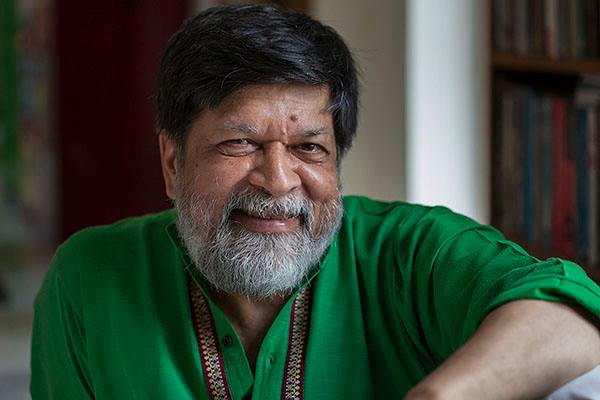
He is one of the most respected photographers in the world. Very few Bangladeshi of his profession has reached his present global stature. His pictures have been published in almost all the global newspapers and magazines in the world. He is among that elite corps of global photographers who is regularly hired by the most renowned global publications to do assignments in various parts of the world. The Guardian (London) while carrying news of his arrest (Aug 6) wrote “his photographs have been published in every major western media outlet, including The New York Times, Time Magazine and National Geographic in a career that has spanned four decades.” Only those in the world of professional photography can really appreciate the honour and prestige of getting published in the media of such renown. Continue reading “Justice for Shahidul Alam”
Had cadmium ever glowed so red?
I’d pretty much perfected the art. I’d go down to the newest library I could find. Become a member as quickly as I could, and armed with my new membership card head straight to section 770, the magical number for photography at UK public libraries. I would take out the full complement of 8 books that I was allowed at any one time. When the lending period was over, they would be replaced by another eight.
I devoured the books, which were mostly monographs, or ones on technique, composition or even special effects. I knew too little about photography, to know how limited my knowledge was. It was many years later, when my partner Rahnuma, gave me a copy of “The Seventh Man” by John Berger, that a new way of looking at photographs opened up. Unknowingly, it was the book “Ways of Seeing” that later opened another window. One that helped me see the world of storytelling. That was when I realised that image making was only a part of the process. Once youtube arrived on the scene, and the television series with the same name entered our consciousness in such a powerful way, his TV series “Ways of Seeing” became my new staple diet. Here was a leftie who could still speak in a language the average person could understand, and that too on a topic such as art. His fascination was neither about the artist nor the artwork itself, but how we responded to it and how it gained new meaning through our interaction. While it was art he was dissecting, it was popular culture he was framing it within.
That there was so much to read in a photograph, beyond the technicalities of shutter speed, aperture and resolution, is something my years of reading section 770 had never revealed. The photographs of Jean Mohr (The Seventh Man), were unlikely to win awards in contests, or fetch high prices in auctions, but Berger’s insights into the situations and the relationships that the photographs embodied, gave them a value way beyond the mechanics of image formation. Berger never undermined the technical or aesthetic merits of a photograph. He simply found far more interesting things to unearth.
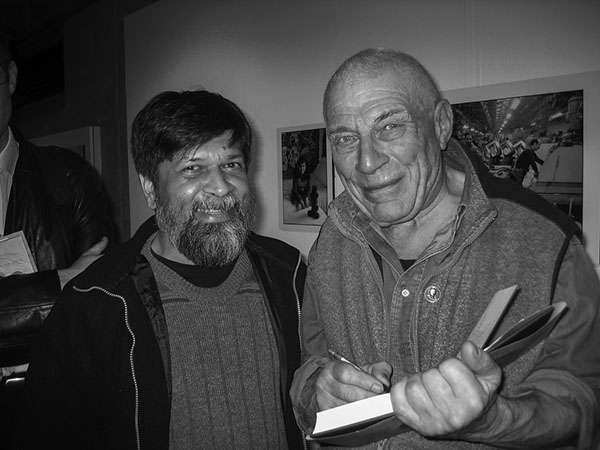
PATHSHALA?S RESPONSE TO BDNEWS24.COM?S REPORT
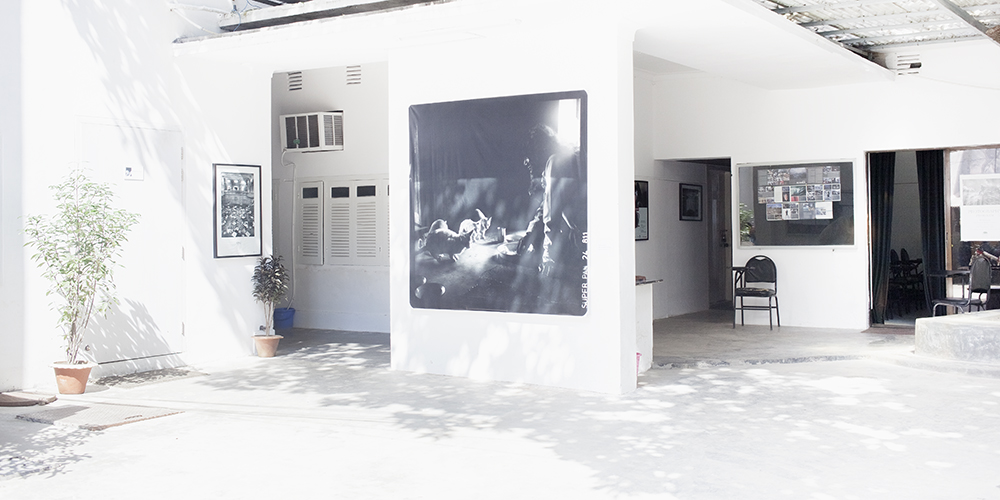
A report on Pathshala South Asian Media Institute, published by the online news portal bdnews24.com, has come to our attention (?Shahidul Alam?s Pathshala operates without affiliation,? bdnews24.com, 6 August 2016). Unsubstantiated allegations, backbiting and innuendo and the absence of cross checking characterise the ?report.? It is a shoddy piece of journalism. Continue reading “PATHSHALA?S RESPONSE TO BDNEWS24.COM?S REPORT”
The Empty Doorway
We chose not to be photographed. His broad smile was somewhat subdued, though the impishness of his chuckle still remained. The big hug didn’t work out. Even in the generous light through the large open window, a frail Kiarostami with tubes wasn’t how we wanted him depicted. He had cancer, and the surgery had gone wrong. My young friend Mansour Kiaei had accompanied me and had only met the great man for the first time. He wanted to photograph the two of us. We declined, saving the moment, for when Abbas would be better, and more the Abbas, as I had known him.
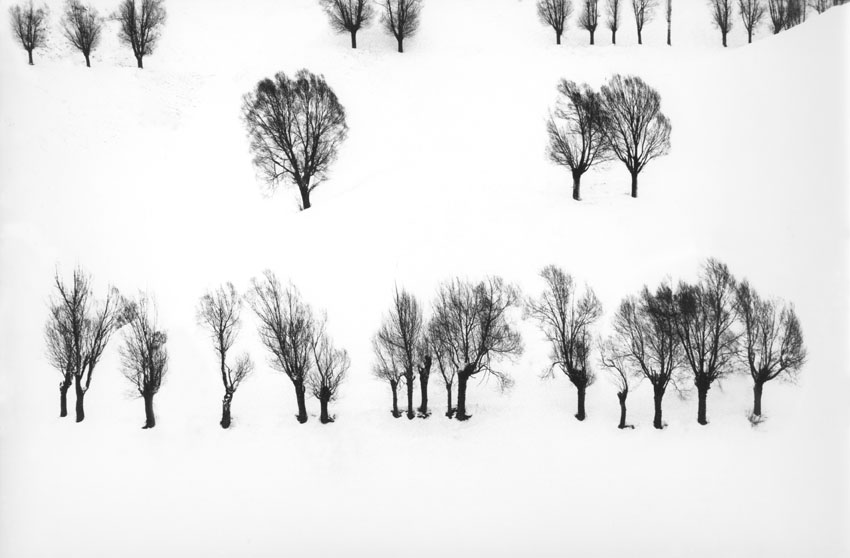
Photography in Bangladesh: a medium on the move
F?ted internationally, the country?s photographers have struggled for status at home. Could that be about to change?
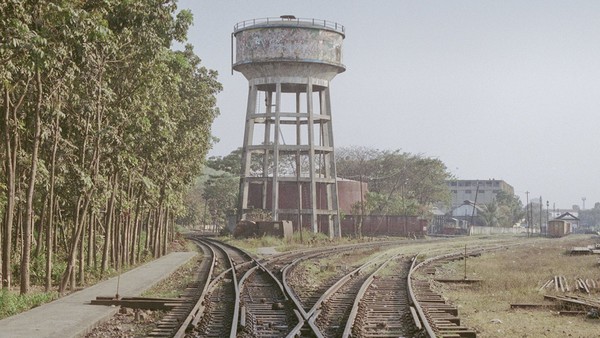
From the series ?Railway Longings? (2011-2015) by Rasel Chowdhury
The eerie moonscape of Munem Wasif?s new photographic series, ?Land of Undefined Territory?, appears empty. On closer inspection, it reveals the scars of industrial activity, from vehicle tracks to stone crushing. The sense of menace and alienation is compounded by a three-channel video with a grating soundtrack.
These digital black-and-white shots were taken along an indefinite border between Bangladesh and India ? disputed land that is now home to unregulated mining but which also soaked up the blood of past upheavals, from the first, temporary partition of Bengal under the viceroy in 1905, to Partition in 1947 and the Liberation war of 1971. Ostensible documentary veers into questioning in Wasif?s deeply unsettling yet distanced probing of history, territory, ownership and exploitation. Continue reading “Photography in Bangladesh: a medium on the move”
Kalpana's Warriors opens in Delhi
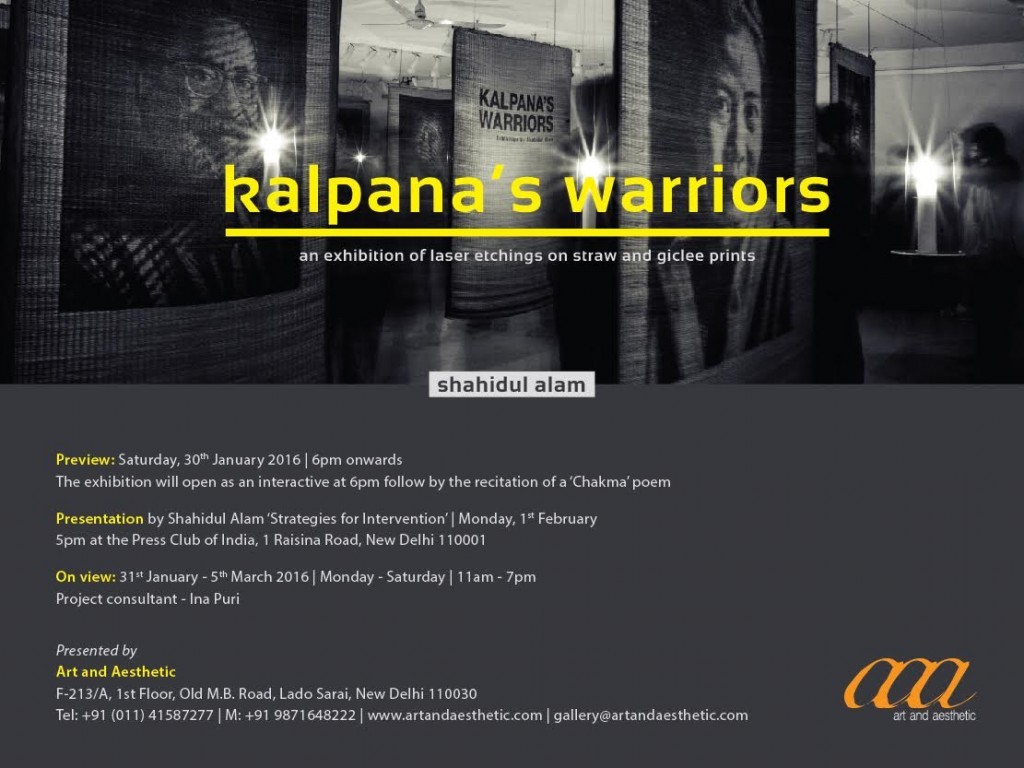
Kalpana Chakma, a young leader of the Bangladeshi Hill Women?s Federation, was abducted from her home by military personnel and civilian law enforcers at gunpoint on 12 June 1996. She remains missing. Through this work, part of Drik?s ?No More? campaign, photographer?Shahidul Alam?has tried to break a silence that successive governments, whether civilian or military backed, have carefully nurtured. The exhibition uses laser etching on straw mats, an innovative technique developed specifically for this exhibition. The process involved in creating these images is rooted to the everyday realities of the hill people, the paharis. Interviewees had repeatedly talked of the bareness of Kalpana?s home. That there was no furniture. That Kalpana slept on the floor on a straw mat. The straw mats were burned by a laser beam much as the fire that had engulfed the pahari villages.
Shilpakala Award recipient Shahidul Alam, set up Drik and Majority World agencies, Pathshala South Asian Media Institute and Chobi Mela festival. Honorary Fellow of the Royal Photography Society and visiting professor at Sunderland University. Alam has chaired the World Press Photo jury. Alam also introduced email to Bangladesh. His book my journey as a witness has been described as ?the most important book ever written by a photographer? by legendary picture editor of?Life Magazine, John Morris. He is an internationally acclaimed public speaker and has presented at Hollywood, National Geographic, re:publica, COP21 and POP Tech.
Reviews:
What’s Hot
Buzz in Town
Artslant
Blouinartinfo
Events High
The Statesman
The Ruin of Indonesian Society
Indonesia: 50 Years After the Coup and the CIA Sponsored Terrorist Massacre. The Ruin of Indonesian Society

Last year, I stopped travelling to Indonesia. I simply did? I just could not bear being there, anymore. It was making me unwell. I felt psychologically and physically sick.
Indonesia has matured into perhaps the most corrupt country on Earth, and possibly into the most indoctrinated and compassionless place anywhere under the sun. Here, even the victims were not aware of their own conditions anymore. The victims felt shame, while the mass murderers were proudly bragging about all those horrendous killings and rapes they had committed. Genocidal cadres are all over the government. Continue reading “The Ruin of Indonesian Society”

